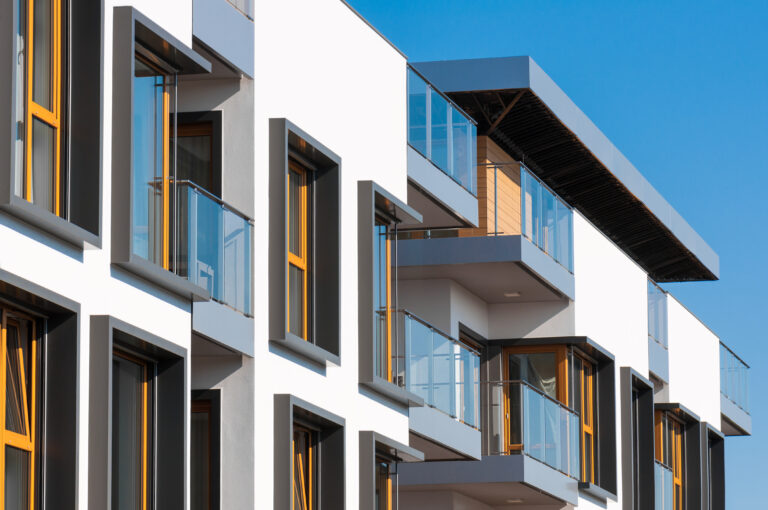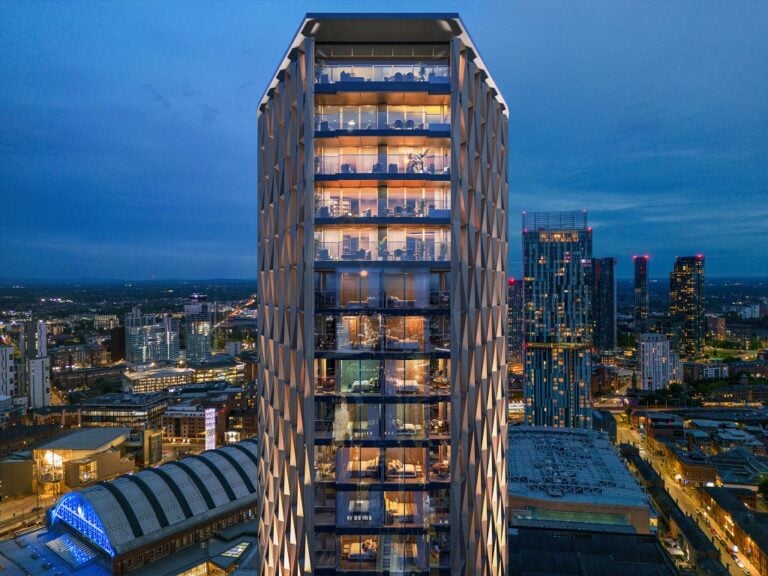Older buildings that have been extensively redeveloped have a number of advantages, and can be a great option for property investors looking for their next opportunity.
In recent times, investing in a property with better energy efficiency has become increasingly important as energy bills have shot up and people have become more environmentally aware. Even Rishi Sunak’s scrapping of minimum energy efficiency standards in rental homes hasn’t removed the value of strong energy performance ratings.
For this reason, many property investors who are looking for the most future-proof opportunity, that will also appeal to a wider range of tenants, have been looking into investing in new-builds to rent out. Off-plan has also seen a boost in popularity in some areas, as it can offer the greatest returns prospects.
However, another option has also become more of a go-to for property investors, according to recent comments from Charles Warrack, partner at property consultancy Fisher German, which is to invest in a newly regenerated building as a buy-to-let investment.
Property investors changing tack
According to Warrack, there has been an increase in construction activity involving the regeneration of historic buildings into new homes, including buy-to-lets, away from developing brand-new buildings on land from scratch, and he expects this trend to continue in the coming year.
He points out that regenerated buildings have a lower carbon footprint than older, undeveloped ones, but when comparing them to new-builds, they obviously have a much quicker turnaround time. For property investors, this can be a selling point, as the home will be available sooner.
Developers are sometimes paying a higher premium for sites that have change-of-use planning permission in place, or those with permission to build further units on existing land, says Warrack. Particularly with the current planning backlog, these sites can offer “ready-made” deals for developers.
If this property type sees a significant increase in the coming years, it seems likely that property investors will be ready to hone in on this.
Warrack added: “While regenerated buildings and sites with consent for changes have always been more desirable, we are seeing this demand increase as 2024 begins and we think it will only increase further when borrowing costs come down.
“In the past, conditional offers subject to gaining permission may have been suitable for particular sites, but now it is almost always worth it to get that change-of-use permission first. The time and money needed to secure consent is almost always paid back from the sale.”
New-build or regenerated?
Regardless of what property type you opt for, energy efficiency is likely to remain a key focus in the housing market – with or without additional legislation – in the long term. Building standards are continuously being updated and improved, with a focus on quality as well as reducing emissions.
This includes better draught-proofing and insulation, better quality and thicker windows and doors, more energy-efficient heating systems and lighting, and more energy-efficient appliances. While most of these aspects can be retrofitted, this can be extremely costly when factoring in labour as well.
Property investors keen to secure a buy-to-let that has green credentials on a par with a new-build, but with a shorter turnaround time – and perhaps more character – might prefer to look into the option of a regenerated older building. This might be a converted commercial premises, or a previous residential building being refurbed.
However, investing in a new-build off-plan can also reap similar benefits, while also allowing the property investor to get in at a much earlier stage of development, potentially securing a greater discount that can lead to greater capital growth.
Those looking to rent their properties out are likely to increasingly find that tenants are more interested than ever in EPC ratings, as they want to save money on bills, reduce their carbon footprint, or both.










